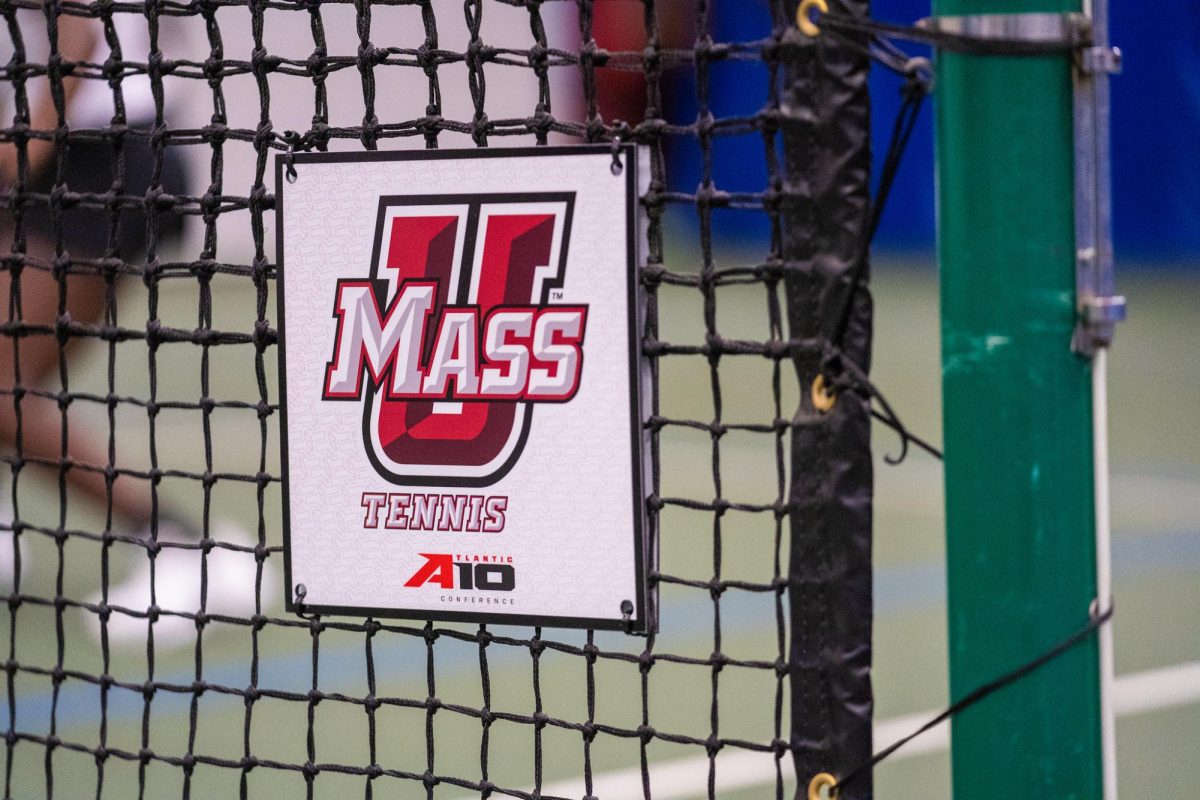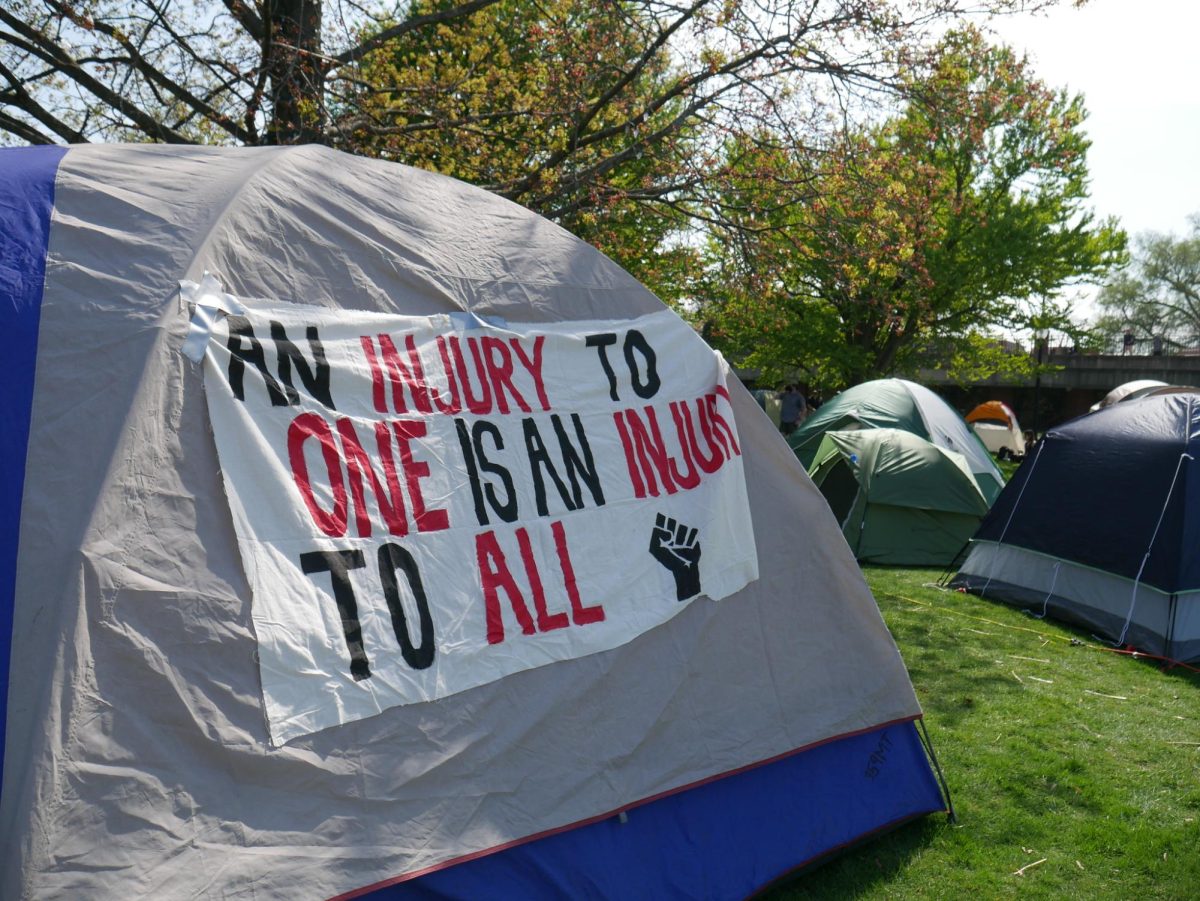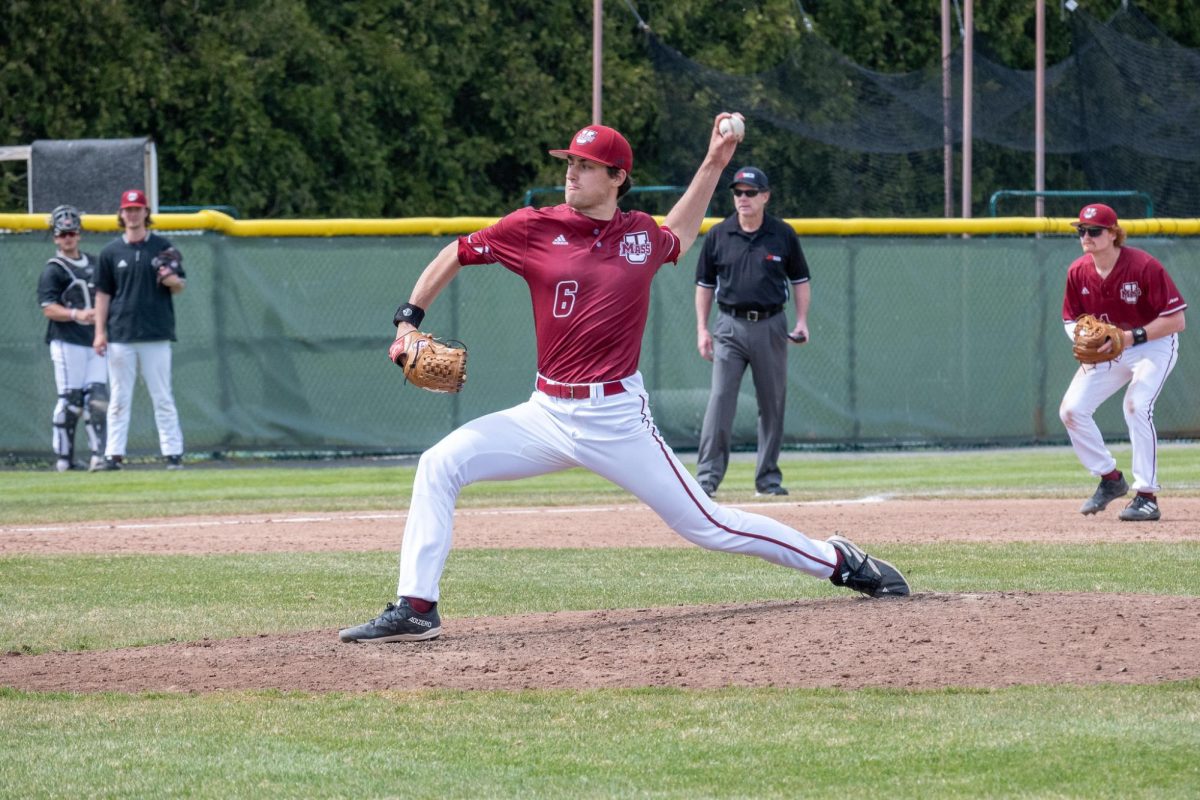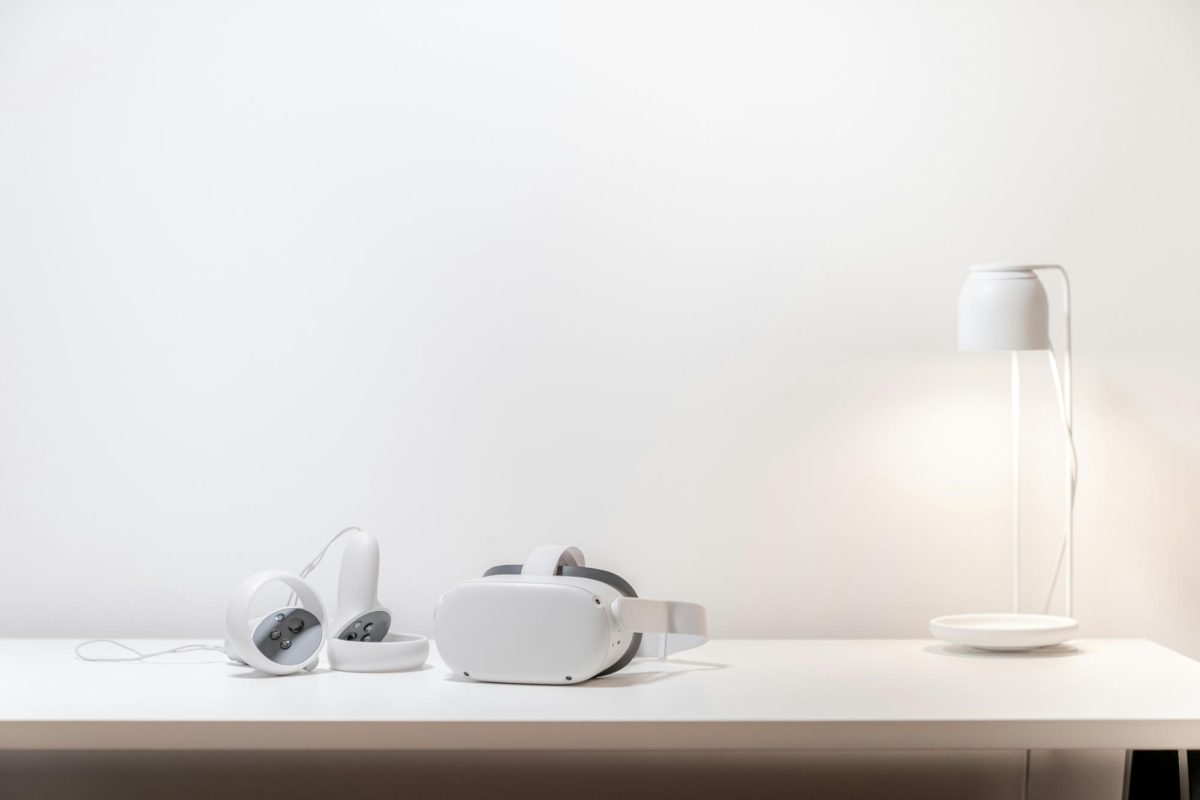For years, Nike has worked to harness the full spending potential of their female consumers. In late 2017, they received recognition for releasing the first sports hijab. That same year they were revolutionizing sports bra technology and expanding their lines to be more size inclusive. A year later, Nike CEO, president, and chairman, Mark Parker, tweeted that 2019 would be a “true tipping point for women in sport.” However, you may want to rethink wearing your Vapormax sneakers and Nike Pros spandex, because Nike might not be the progressive, feminist brand it claims to be. Behind the carefully scripted narrations and inspiring aesthetics is a rot that the company has failed to address for far too long.
In November 2019, American distance runner Mary Cain came forward about the abusive treatment she had endured at the hands of Nike Oregon Project head coach, Roberto Salazar. Cain detailed that Salazar shamed her into losing weight, weighed her in front of teammates and blamed her poor performances on weight gain.
Under Salazar, Cain suffered three years of secondary amenorrhea: cessation of menstruation often due to excessively low body mass and extreme exercise, five broken bones and suicidal thoughts. When she reported cutting herself to both Salazar and the team’s sports psychologist, Darren Treasure, neither acted. Previous athletes, family members and coaches who worked and competed under Salazar have corroborated Cain’s claims and suggested that the issues were present even before Cain’s time with Nike.
Sadly, poor treatment of women at Nike isn’t unique to their competitive team or Salazar. In early 2018, an unofficial survey circulated among female employees of Nike. The survey was in response to gender disparity, pay gap and inappropriate workplace behavior by male colleagues. According to Nike’s own reports, 22 percent more men held a position of director or above and 28 percent more men are vice presidents than women.
It can be expected that companies will make mistakes. With the right response, Nike could have been forgiven. Nike’s attempts to right these wrongs, however, have been notably lackluster. While Nike did eventually make some high level staff changes and sang their own praise over raising the salaries of 10 percent of their employees, the changes were clearly a backup. It took four women banding together to file a sex discrimination lawsuit and the failure of Nike’s attempt to dismiss the lawsuit for changes to be made.
In the aftermath of the Oregon Project scandal, Nike did even less. In response to Cain’s testimony, Nike excused themselves by claiming that, “These are deeply troubling allegations which have not been raised by Mary or her parents before. Mary was seeking to rejoin the Oregon Project and Alberto’s team as recently as April of this year and had not raised these concerns as part of that process.” While Salazar was fired and the Oregon Project cancelled, Nike never spoke out against the former coach nor did they open themselves up to third party investigation, opting instead to investigate internally.
For a company coming off such a rough year, Nike is faring suspiciously well. According to macrotrends.net, Nike ended 2019 with a 108.43 percent increase in net income over 2018, making it their second most profitable year. This means that consumers aren’t feeling morally obligated to stop buying Nike, likely a result of three major factors.
First, their public relations team has been covering each mess by gracefully sweeping the remnants under the rug. Just check out their diversity and inclusion page; concerned consumers who end up here will be given a reassuring pat on the head and sent on their way.
Second, Nike is trendy and their products are high quality. Athleisure is a growing trend and Nike, named the most valuable apparel brand by Brand Finance, is one of the most common brands for shoes, leggings and other chic athletic wear. People aren’t willing to sacrifice fashion even when it means supporting the maltreatment of women.
Lastly, from my own experience, consumers don’t connect the swish on their clothing to the immoral practices in the news. When I asked a friend what she thought about how little ruckus there has been in the aftermath of the Mary Cain scandal, she said that she felt that Nike, as a clothing brand, felt separate from the Oregon Project and she didn’t think it would be likely to affect her decision to purchase Nike products.
Even with a company as monolithic as Nike, consumers do have a voice. In the 1990s Nike came under fire for supporting poor working conditions. The consumer-backed ‘sweatshop’ boycott affected Nike’s bottom line and resulted in practice changes significant enough that The Guardian referred to it as “an object lesson in how giant corporations can be brought to account by ordinary consumers.”
Change has been made in the past. Consumers do have a voice. We are at a critical time in the advancement of society and sports for women and cannot afford to let that voice go unused. As consumers, our greatest power is our choice to spend or not to spend and until Nike steps up, apologizes and makes improvements, don’t spend.
Lily Robinson is a Collegian Columnist and can be reached at [email protected].




















clara • Jun 16, 2022 at 1:59 pm
Hey, My name is Clara Uslu and I’m studying graphic design.
I loved your article. Is it okay if I quote you and reference you in an independent zine I’m currently making at uni?